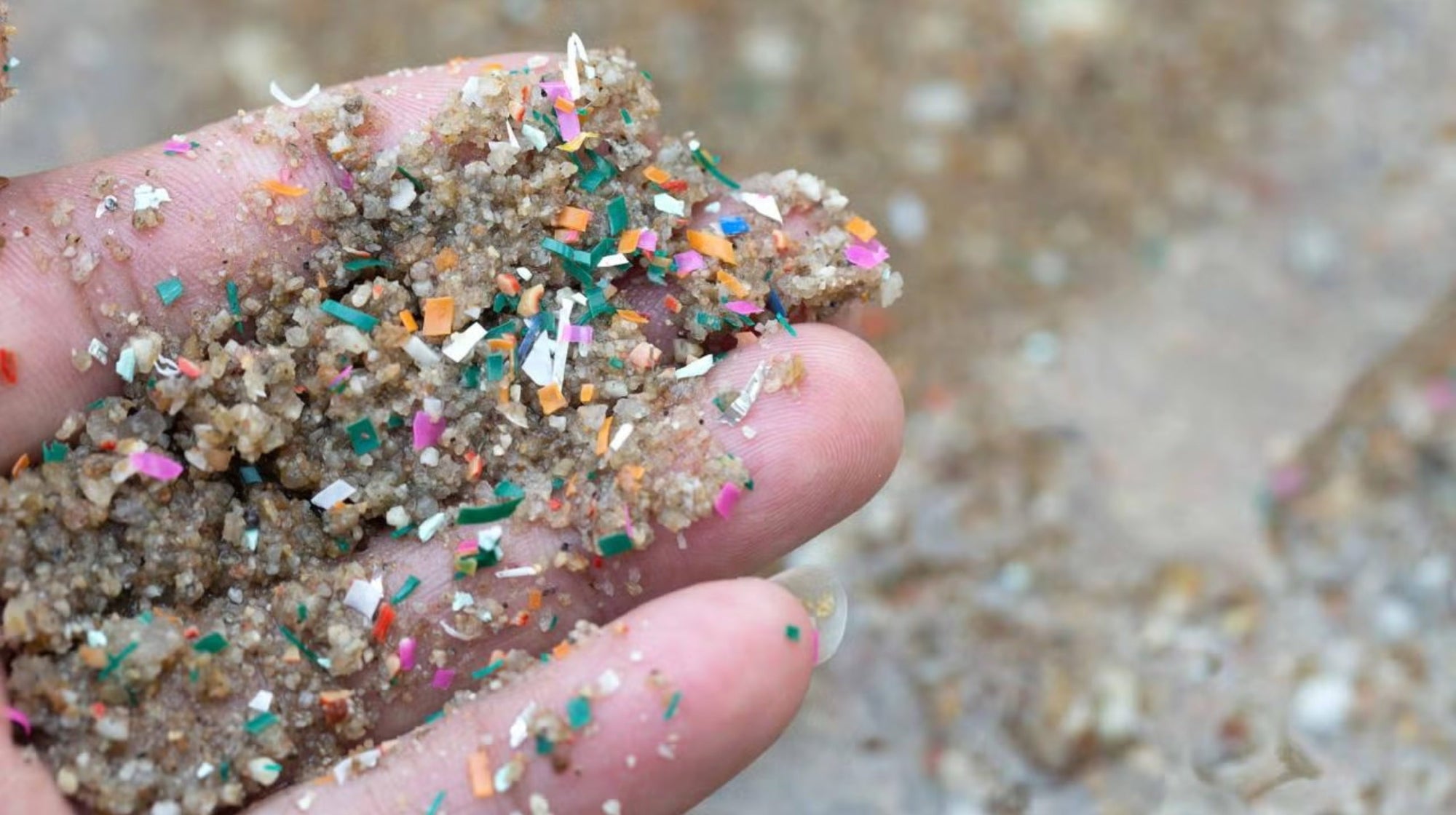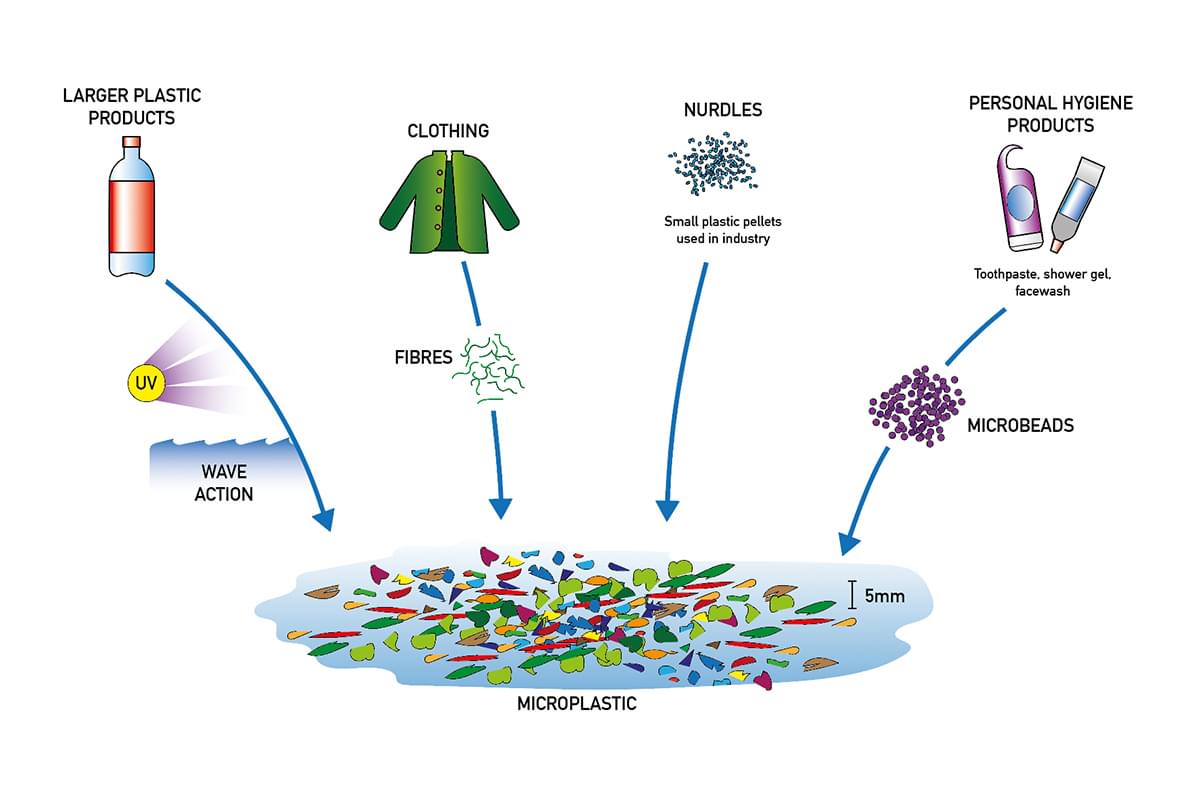
Although not a scientist, Rob Waugh, an investigative reporter, has uncovered important scientific information that is crucial for those who care about planet Earth and aim to mitigate the impact of plastic, a material made of long chain carbon molecules.
You can see Rob's article here: UK Yahoo News
Did you know that clothing made from synthetic fabrics is the main cause of microplastics in the world?
Your choice of clothing and its fabric plays a pivotal role in the environmental impact of our clothing. Your choice wages the war agains microplastics! By opting for earth-friendly materials, consumers not only contribute to the reduction of plastic pollution but also promote a more sustainable and ethical fashion industry. While the initial investment may be higher, the long-term benefits for the planet and society make it a worthwhile endeavor.
Top 10 Sources of Microplastic Pollution (Approximate % Contributions):
-
Synthetic Textile Fibers (Clothing) — 16% to 35%
Microfibers shed during washing and wearing synthetic clothes like polyester and nylon. -
Tire Wear Particles — 20% to 30%
Abrasion of vehicle tires releases tiny rubber particles into the environment. -
Plastic Packaging Breakdown — 10% to 15%
Larger plastic waste degrading into microplastics over time. -
Paints and Coatings (Including Road Markings) — 5% to 10%
Plastic-based paints erode and release particles into soil and water. -
Fishing Gear and Nets — 5% to 8%
Degradation and loss of synthetic ropes and nets in marine environments. -
Personal Care Product Microbeads — 1% to 5% (decreasing due to bans)
Tiny plastic beads from exfoliants and toothpaste (banned in many places). -
Plastic Pellets (Nurdles) — 1% to 3%
Spillage during plastic production and transport. -
Synthetic Carpet Fibers — 1% to 3%
Fibers shed from carpets and upholstery. -
Laundry Detergent and Textile Treatment Residues — 1% to 2%
Chemicals and particles from washing processes. -
Atmospheric Deposition (Airborne Microplastics) — 1% to 2%
Microplastics suspended in the air settling into soil and water.
In a world increasingly aware of environmental challenges, the fashion industry stands as a significant contributor to pollution, particularly through the use of synthetic fabrics. Materials like polyester shed microplastics during washing, leading to approximately 35% of all plastic pollution originating from clothing. This issue is compounded by the rapid turnover of fashion trends, encouraging consumers to frequently purchase new garments, often made from these harmful materials.
The environmental impact of synthetic fabrics extends beyond their shedding of microplastics. The production process of these materials is energy-intensive and relies heavily on fossil fuels, contributing to greenhouse gas emissions. Additionally, synthetic fabrics are non-biodegradable, meaning they persist in landfills for centuries, further exacerbating the planet's waste crisis.

Transitioning to earth-friendly fabrics, such as organic cotton, linen, and hemp, offers a sustainable alternative. These materials are biodegradable, require fewer pesticides, and often consume less water during cultivation. By choosing garments made from these fabrics, consumers can significantly reduce their environmental footprint, supporting a shift towards more sustainable fashion practices.
While eco-friendly fabrics may come with a higher price tag, this cost reflects the true environmental and ethical expenses of production. Thats worth it, for people and planet! Investing in such garments means supporting fair labor practices and sustainable agriculture. Moreover, the durability of these materials often translates to longer-lasting clothing, reducing the need for frequent replacements and, consequently, the overall consumption of resources.
Wage war now, against microplastics! Buy sustainable natural fabrics!
Want to know more?
Where do microplastics come from?


















